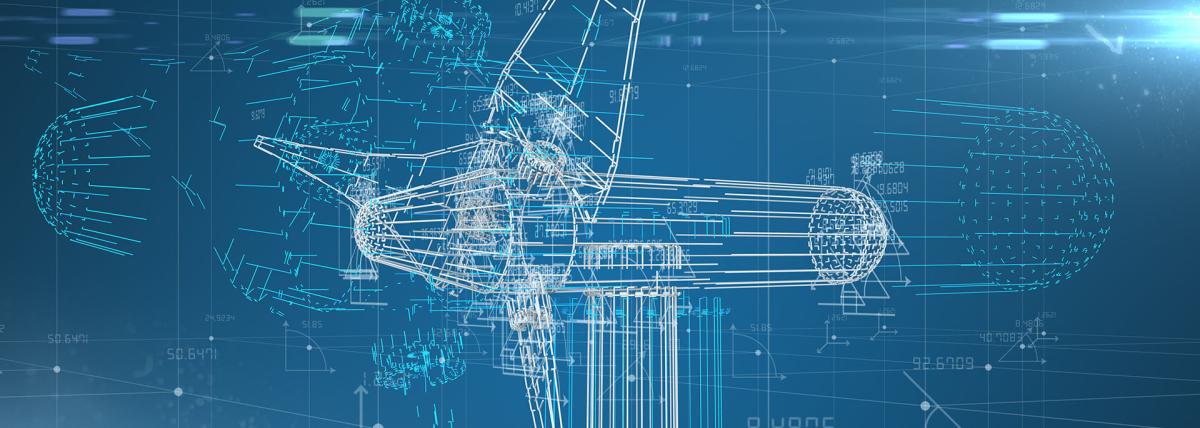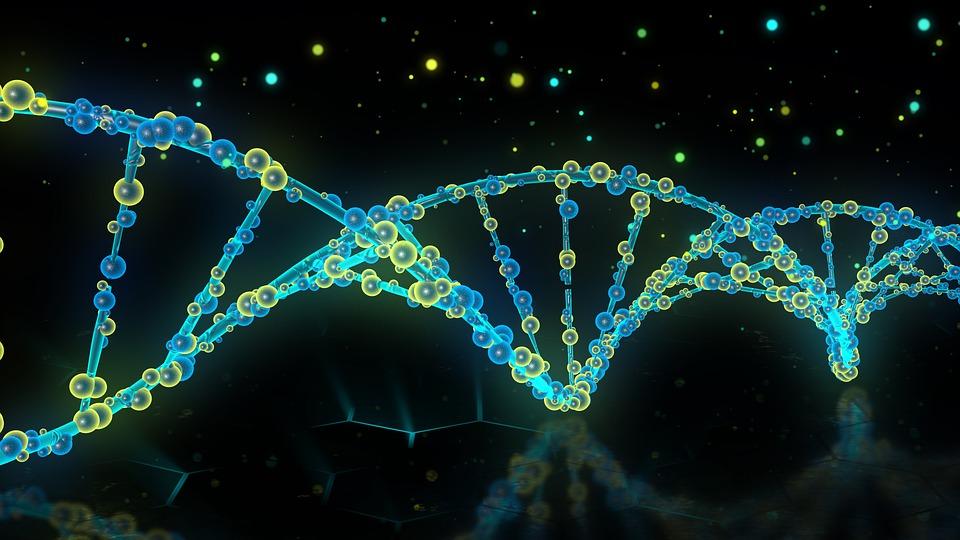
Animal Extinction: Lesson 7
This is lesson 7 of the Life Science Unit. Students explore a variety of learning experiences. There are 2 objectives. #1 Objective: I can create a mixed-media art piece with a message for the world

Animal Adaptations: Lesson 6
This is lesson 6 of the Life Science Unit. Students engage in various learning opportunities. #1 Objective: I can count and graph camouflage animals. #2 Objective: I can camouflage a butterfly. #3

Animal Classification: Lesson 2
This is lesson 2 of the Life Science Unit. Students learn about animal classifications. Links to all lessons and optional fiction read-alouds, picture sorts, STEM hands-on activities, journal prompts

In this lesson, students will learn about the history of flight and the technological advancements that led to modern aviation. Students will learn about how the study of birds and other flying

In this engaging lesson, students are given data and are required to graph the data, analyze the data to determine the carrying capacity of four different organisms.

This is an adaptation of an HHMI BioInteractive activity. Students use graphics of scenes from two different areas where Rock Pocket Mice are evolving due to a change in environmental conditions (ie

A 1st grade lesson plan asking students to create a model to classify dinosaurs into different groups according to similarities. Following the classification, a classroom discussion about the ways

In this introductory 5E lesson to organism adaptations, 5th grade students examine the case of the peppered moth to answer two inquiry questions: 1. (to Explore) Can organism’s traits help it in its

The basics of natural selection will be highlighted using the Natural Selection PhET simulation where students complete a series of challenges. As a result of this experience, students will be able to

The basics of natural selection will be highlighted using the Natural Selection PhET simulation where students complete a series of challenges. As a result of this experience, students will be able to

This lesson is intended to build on existing knowledge about a previously learned topic. Students should already know about and be able to apply specific information about a bird species based on a

In this lesson, students will learn about a variety of fossils and graph what they have learned. Students will also research about a dinosaur of their choosing and write about it.

Students will engineer their very own LEGO planter by using LEGOs and LEGO bases! This fun and engaging lesson incorporates science and math with the world of LEGOs. Students first listen to a story

This lesson is designed for students to explore the idea of natural selection using a popular food item: goldfish crackers! Students explore the idea that populations of organisms can be affected by

Students will color a penguin with crayons and then spray water on their artwork. They'll observe how the water repels off of their paper. Discuss with students how the wax from the crayons keeps the

In this lesson the students will learn about bird feeders and bird water baths. Students will learn how to create spaces that welcome birds in their surroundings. They'll find out why it's important

In this 7 week unit, students will utilize resources around them to create a garden for a culminating taco party! Students will work on science, math, and ELA within the unit. Feel free to host this

Students will explore the different types of mouth parts and how their feeding needs are met. Students will 'pretend' to be insects with different mouth types and collect data on their success on

In this lesson, students will watch a video discussing how birds have different beaks depending on what they eat. Students will then have the opportunity to examine the differences in chickens and

Have you ever wondered how ducks stay warm and dry while swimming in cold water? Students will create a duck and then be able to test their theory!

You've crash-landed on an alien planet and must find a way to survive with the help of native flora and fauna. Students will document alien life-forms in a field journal and use that information to

In this engaging and hands-on lesson, students will examine the Gold King Mine spill on the Animas River in Colorado before creating a model watershed in order to develop an explanation of human

In this lesson, students show what they know about animal adaptations! Students will test out a variety of bird "beaks" and how capable they are of picking up different types of bird "foods". Then

Students will research and understand bird evolution. They will identify the functions of body parts and ecosystems. They will predict evolutionary changes that a specific bird will go through and the


